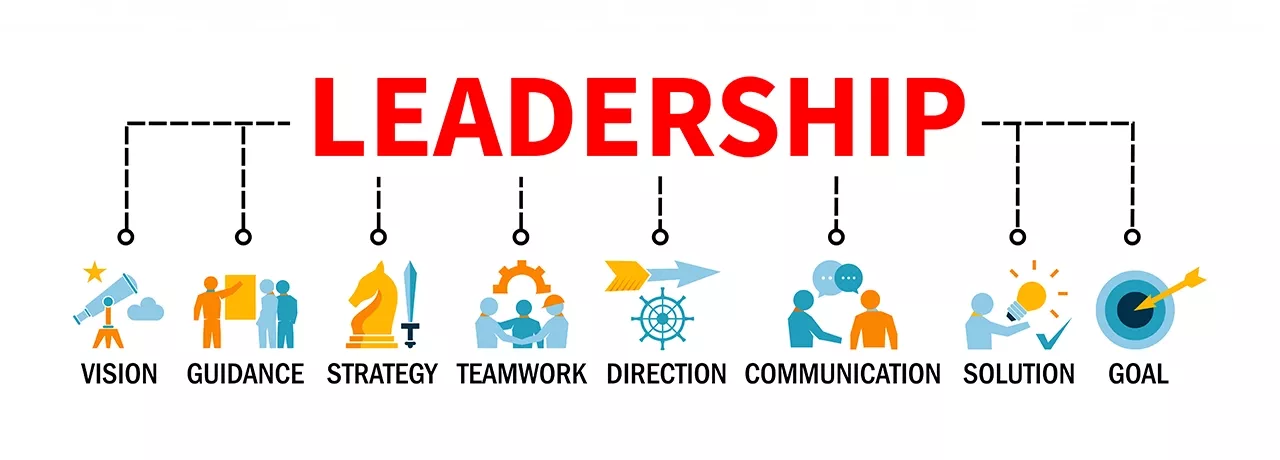
How Leadership Style Can Amp Up Engagement
December 14, 2022
By Lesa Blakey
“What’s your management style?” It’s a question that leaders are asked often and for good reason. Those being led want their supervisor or manager’s leadership style to complement their own style preferences.
Many industry experts claim there are four main leadership styles:
- Autocratic: “Just do as I say.”
- Democratic: “Let’s come up with a decision together.”
- Laissez-faire: “You decide.”
- Transformational: “Together we can change the world.”
Others, though, have expanded these four basic styles into as many as twelve.
Which is best? For the most part it depends — on the company, the team, and the issues at hand. It’s fair to say, though, that for the most part the autocratic style has fallen out of favor.
The pandemic has shown that traditional command-and control leaders are no longer effective with today’s workforce. With an increasingly remote and hybrid workforce, bosses play an even more pivotal role in employee satisfaction, company culture and organizational success. Employee engagement is no longer the sole responsibility of the HR department — it must start at the top of an organization, at the leadership level. And because of this, leaders simply must learn to lead better.
McKinsey research shows that job satisfaction is the second most important factor of an employee’s overall satisfaction with life — and, as we know, satisfied employees have a positive impact on company performance. And, in an era where many employers are finding it difficult to fill positions, satisfied employees also are more likely to stay with the company.
In this environment, there’s one particular leadership style that is rising to the top as advantageous for employers — and the employees they manage — according to Indeed: the coaching leadership style. This is a positive leadership style that promotes the development of new skills, encourages employees to take initiative in an empowering environment, and gives them the freedom to express themselves and their ideas.
Unfortunately, as Indeed points out, it’s also one of the most underused of the leadership styles. Why? Because it takes more time, effort, and patience to do it well.
According to Gallup, “70% of the variance in team engagement is determined solely by the manager.” In fact, their influence has greater impact than anything else. It’s critical, then, that they are armed with the knowledge and support to influence effectively.
Here are four ways you can engage your team by using a coaching, or mentoring, style of leadership.
Give feedback like a coach
Gallup indicates that “only 21% of U.S. employees strongly agree that they have received meaningful feedback in the last week.” It’s hard to do a job if you don’t know what you’re doing well, and what you may not be doing so well.
Giving good feedback is a critical aspect of leadership. Giving feedback like a coach can help managers ensure that they are providing employees with the information they need to perform effectively.
Think about sporting events like football games where the coach and players often huddle together, in real time, to address issues promptly. That’s exactly what managers should do in work environments.
When you praise an employee’s strengths, they know exactly what they need to keep doing! When you give constructive feedback, employees know what they shouldn’t be doing — but this often drives a fear of failure.
As Gallup suggests: “Telling employees how to succeed — not how to stop failing — is more effective.”
Understand individual motivation
There is no one-size-fits-all approach to managing employees although, unfortunately, many managers use such an approach. It’s important to uncover how each of your employees is wired; what motivates and engages them; and what saps their motivation.
Chief Learning Officer suggests some coaching questions that can help you begin conversations with your employees to gain insights into what’s important to them and what motivates them:
- What is going well, and how can you leverage this going forward?
- If you could move one obstacle out of your way, what possibilities would it reveal?
- Who can you look to for support? How could other people help you accomplish your goals?
- A year from now, what would you like to be different for you? The same?
- Imagine having a chat with the wisest person you can think of (whether you know them or not), what would he suggest you do? (Or what would you tell your best friend in this situation?)
Connecting with employees personally will help you understand each individuals’ perspectives and needs, how they think — and what you can do to motivate them.
Establish trust
Trust is foundational to a strong leader/employee relationship. Coaching leadership is only effective and successful when trust has been established.
Establishing trust starts with showing employees that you respect them. If you don’t, it’s only natural that they will feel guarded and hesitant to accept your coaching advice.
Engaging in positive interactions that are supportive will help you establish a solid connection with your employees which, over time, will build trust.
It does take time, but that time and effort will pay off. Everyone’s level of trust with their leaders develops at a different pace, that’s why patience and an individualized approach are so important. Ultimately, making a commitment to this investment of time and effort will lead to loyal employees who want to stay with the company.
Celebrate success
The pace at many workplaces these days is so quick that it’s not uncommon for managers to move on from one success to another, failing to recognize the employees who contributed to that success. That’s a missed opportunity!
Since you can’t really dump the proverbial ice bucket over your “winners,” how can you replicate that same rush when they have a winning moment? Through positivity and recognition at every step of the employee journey!
Gallup has found that employees should be recognized for great work about once a week. Highlighting what an employee does right encourages them to keep doing more of the same. The more they do right, the more they stretch to take on more — and will be successful in these efforts. And the cycle continues, gaining traction and picking up speed along the way.
Coaching leadership is indirect, but very powerful. It’s not authoritative, but collaborative and it values learning as a way of growing. With “opportunities to learn and grow” as the number one driver of a great work culture (which keeps employees from “quietly quitting”), leaders can benefit from incorporating this style of leadership into their organizations.




